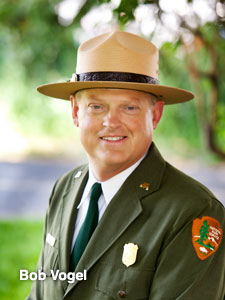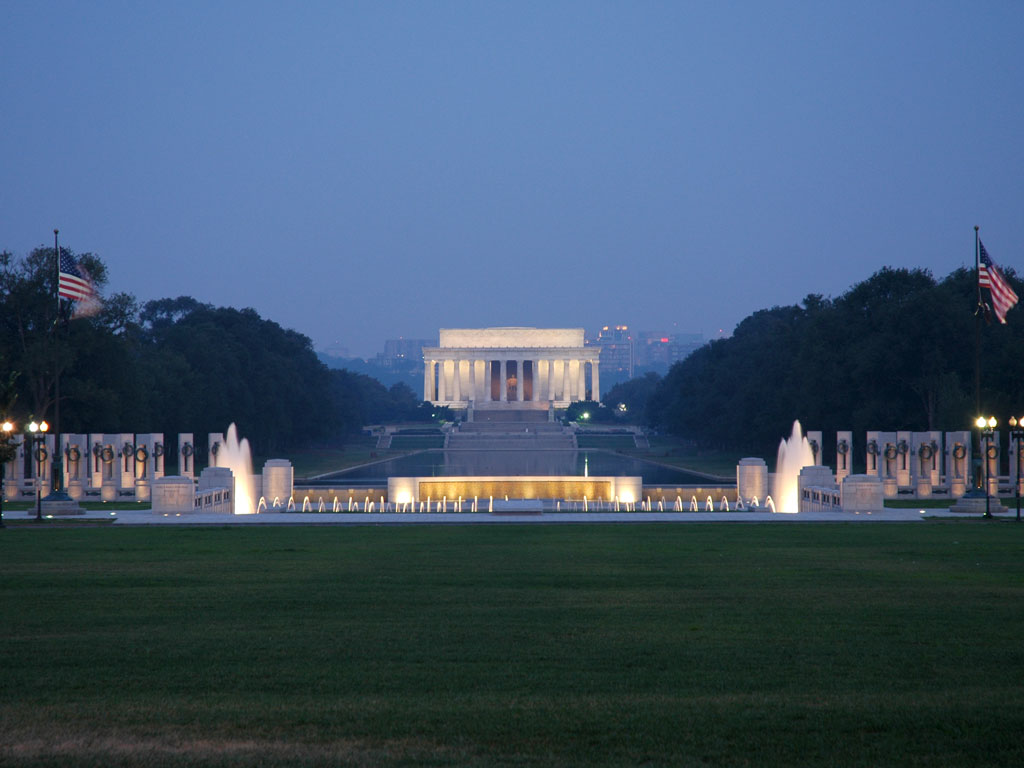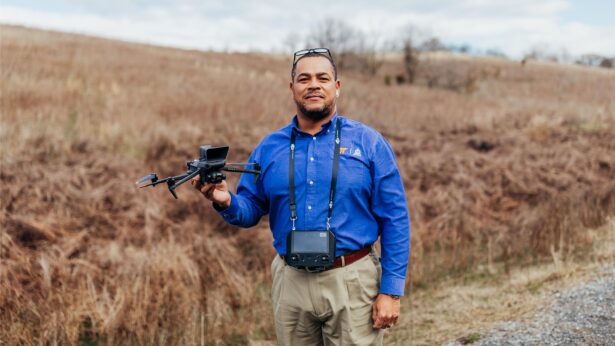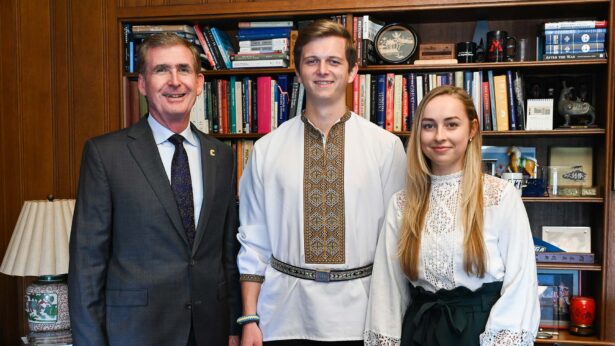By Diane Ballard
The National Mall in Washington, D.C., has been called America’s front porch.
Bob Vogel’s arrival in Washington, D.C., was followed by an earthquake and a hurricane.
Vogel, who moved to the nation’s capital last July as the new superintendent of the National Mall, can’t control natural disasters, but cleaning up after them is part of his job. Repairing the Washington Monument, damaged by a 5.8 magnitude earthquake in August 2011 and pummeled by Hurricane Irene a few days later, is just one more thing—albeit a very large and visible thing—on Vogel’s to-do list.
The 30-year National Park Service veteran took the helm of the National Mall and Memorial Parks at a crucial time. A $700 million public/private plan has been approved to rejuvenate the iconic area between the U.S. Capitol and the Lincoln Memorial, a sweeping green space that Vogel says has been loved to death. Some 25 million tourists visit every year, and the park hasn’t received a major update since the nation’s bicentennial in 1976. The turf is trampled, restroom facilities are inadequate, and the scenic Reflecting Pool has been known to turn stagnant and smelly.
 Despite tight budgets and natural disasters, Vogel (Martin ’79) couldn’t be more optimistic. He calls his new job a once-in-a-career opportunity. No matter that some colleagues have politely questioned his sanity for leaving the deputy superintendent position at the majestic and peaceful Grand Teton National Park for the politically charged job at the National Mall. Vogel attributes the cacophony of opinions about the mall’s future to the fact that “a lot of people care—this is a very important place.” Besides, he says, he doesn’t mind escaping Teton winters, which last until June.
Despite tight budgets and natural disasters, Vogel (Martin ’79) couldn’t be more optimistic. He calls his new job a once-in-a-career opportunity. No matter that some colleagues have politely questioned his sanity for leaving the deputy superintendent position at the majestic and peaceful Grand Teton National Park for the politically charged job at the National Mall. Vogel attributes the cacophony of opinions about the mall’s future to the fact that “a lot of people care—this is a very important place.” Besides, he says, he doesn’t mind escaping Teton winters, which last until June.
When he was a boy, the native of Cape Girardeau, Mo., traveled with his family to national parks throughout the country. By the time he got to UT Martin, he had decided on a career in the area of conservation. He enrolled in the natural resource management curriculum in the agriculture college. Vogel remembers a favorite teacher, Elmer Counce, professor of soils.
“He had such passion. He made you listen and want to follow. He loved soils so much and wanted me to succeed so much.” While at UT Martin, Vogel did an internship at Shiloh National Military Park in West Tennessee. “By the time I graduated, I knew I had to get into the National Park Service, which wasn’t easy.” He managed to nab a job as a seasonal park interpreter and parlayed that into a career that has included stops at Bryce Canyon National Park in Utah, Georgia’s Fort Frederica National Monument, and Guilford Courthouse National Military Park and Cape Lookout National Seashore in North Carolina.
Though his love of the outdoors and of history propelled Vogel into his career with the park service, he finds himself doing different duty today.
“Probably 70 percent of my time is focused on working with partners,” he says, as opposed to managing the park itself. “I have two deputies, one for operations and one for planning, and they do most of the day-to-day work while I’m working with groups like the Trust for the National Mall, the city and the neighborhoods.”
Getting Comfortable in Front of the Cameras
Media relations also is among Vogel’s responsibilities. In the wake of the earthquake and storm that damaged the Washington Monument, the popular attraction was closed and inspected. Vogel was on point to explain the monument’s status to the media.
“I’m a naturally shy person, and I used to be nervous in front of cameras,” he says. “But I’ve gotten more comfortable with it. In Washington, the intensity of the media attention is amazing to me. And the Washington Monument is such an icon that national media were interested as well.”
The National Mall was designed in 1791 as the centerpiece of the new U.S. capital city by Pierre L’Enfant.Funding to repair the Washington Monument will have to be found on top of the $700 million or so already targeted for refurbishing the National Mall (the Trust for the National Mall intends to raise $300 million, with the remainder coming from public funds).
The plan to upgrade the mall probably will take 10 to 15 years to implement. “Some things are already going on, such as the turf restoration project and the Lincoln Reflecting Pool work,” Vogel says. “And the Trust for the National Mall has announced a design competition to overhaul three parts of the mall—Union Square in front of the Capitol, the Washington Monument grounds and Constitution Gardens, between the Washington Monument and the Lincoln Memorial. We’re expecting architects throughout America to come forth with great ideas.”
Vogel says the popularity of the National Mall—it’s the most visited U.S. national park—is wonderful, but it also causes wear and tear.
“We have 4,000 events a year here–huge events here like the Million Man March and President Obama’s inauguration. Democracy is demonstrated here. But we’re trying to find strategies to lessen the impact.”
The mall and the monuments are national treasures, and Vogel connects with them on a personal basis. “I’ve always felt a special connection to the Lincoln Memorial, and on the day I found out I had gotten this job, I went by myself to the memorial. It was an emotional moment. I was awed that I was going to have a role in helping to protect this site for America.”
Despite shortages of funds, Vogel is confident about the future of the national parks.
“Funding has always been a problem, but generally there’s been broad political support for the parks.
The need for private support to supplement public funds gives us more opportunities to engage communities and friends’ groups. Working with partners makes us stronger. The parks will be there for generations to come.”



